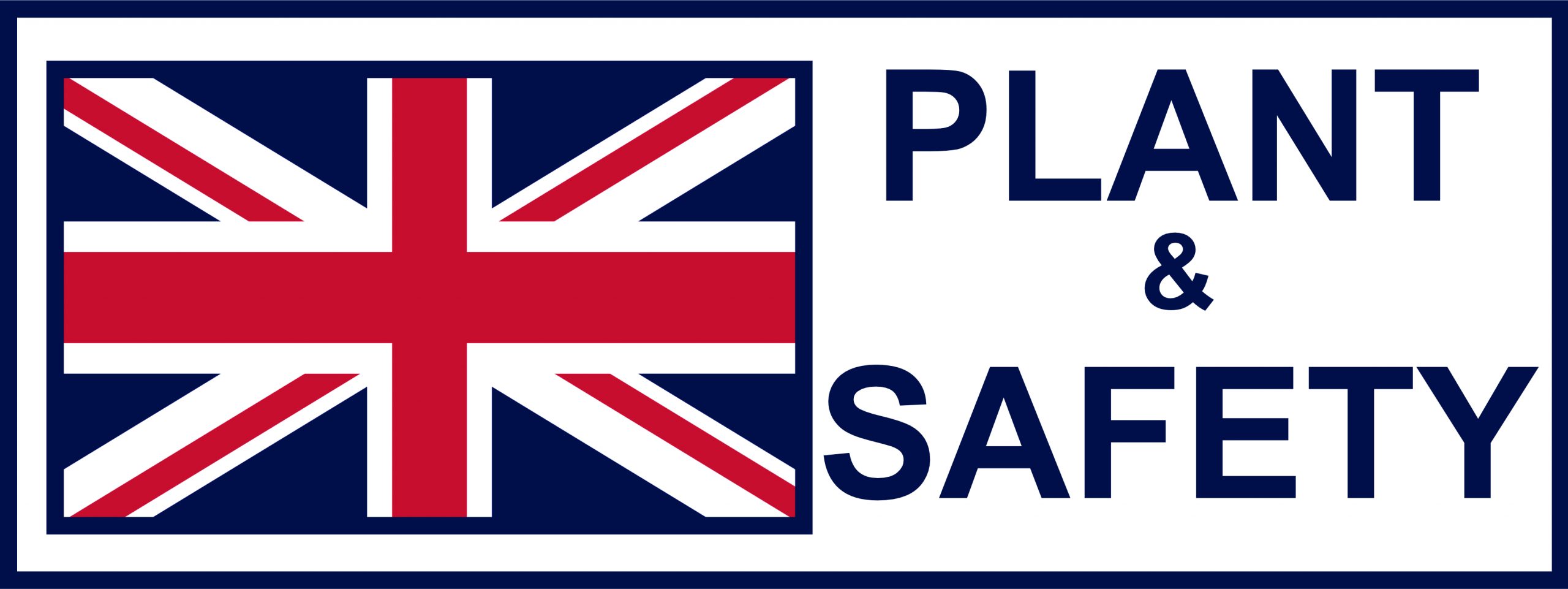Home » Pressure Systems » What Is a Pressure System? PSSR Regulation 2 Explained
Under Regulation 2 of the Pressure Systems Safety Regulations 2000 (PSSR), a pressure system is defined as:
- One or more pressure vessels of rigid construction
- Associated pipework and protective devices
- Pipelines and their protective devices
These systems must contain a relevant fluid, which includes:
- Steam
- Gases under pressure greater than 0.5 bar
- Liquids under vacuum
Hydraulic oils are specifically excluded, as they do not store energy in the same way.
The PSSR Approved Code of Practice (ACOP), Safety of pressure systems (L122), will help you determine which regulations (if any) apply. →
Common examples of pressure systems
Examples of common pressure systems include:
- boilers and steam heating systems
- pressurised process plant and piping
- compressed air systems
- autoclaves and retorts
- heat exchangers and refrigeration plant
- valves, steam traps and filters
- pipework and hoses
- pressure gauges and level indicators
Understanding whether your equipment qualifies as a pressure system is essential for compliance. If it does, you must implement a Written Scheme of Examination and ensure inspections are carried out by a competent person.
WHAT WE OFFER
Keep your workplace safe and stay fully compliant with PSSR. Don’t wait until an incident happens, our expert team at Plant & Safety will ensure your pressure systems are inspected, tested, and certified to the highest standards.
How can we help?
To learn more or if you have any questions, please feel free to call or email us. You can also request a call back using our online form.
T: 0330 113 7920
E: sales@plantandsafety.co.uk
Useful Links
